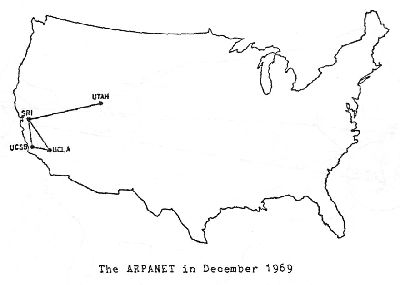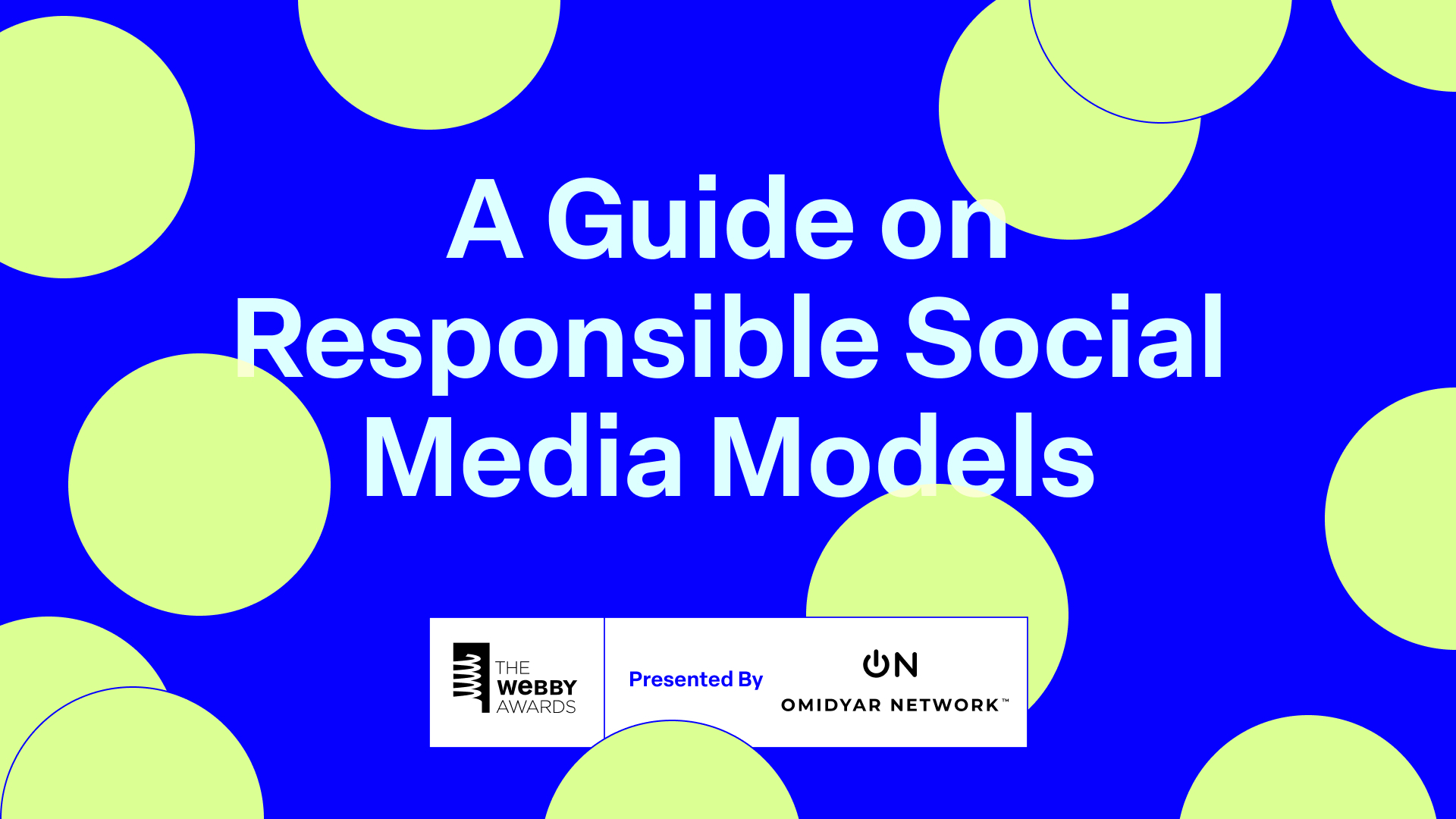
Sir Tim Berners-Lee and Vint Cerf—fathers of the Web and the Internet, respectively—at the World Wide Web Consortium's 20th Anniversary
The Internet
The Internet is a truly massive network that is made up of other networks—billions of devices connected to millions of networks worldwide all communicating on the same set of protocols. It is not, in fact, a series of tubes.
The ‘net we know was born in the late 1960s with the creation of ARPANET, a project that was originally funded by the US department of defense.

It continued to flourish through the 1970s, when scientists led by Vint Cerf ( a Webby Lifetime Achievement recipient and member of our Academy!) developed the Transmission Control Protocol and Internet Protocol, or TCP/IP. And once ARPANET adopted TCP/IP, the network of networks we use today began to grow.
The World Wide Web
The Web was invented in 1989 by computer scientist Tim Berners-Lee (also a Webby Lifetime Achievement recipient!) when he published his proposal for a HyperText Project where he called for the creation of “a way to link and access information of various kinds as a web of nodes in which the user can browse at will.” Since then, the Web has become the primary system we use to access information on the Internet. And, of course, our namesake.
Now that we’ve skimmed the surface, watch Webby Winner and Academy member VSauce dig deep in this great video made as part of our 25for25 project celebrating the 25th Anniversary of the World Wide Web in 2014.
Don’t forget you can watch all the highlights from the 20th Annual Webby Awards now!

Michael Stevens aka VSauce
Explains The Web Is Not The Net









